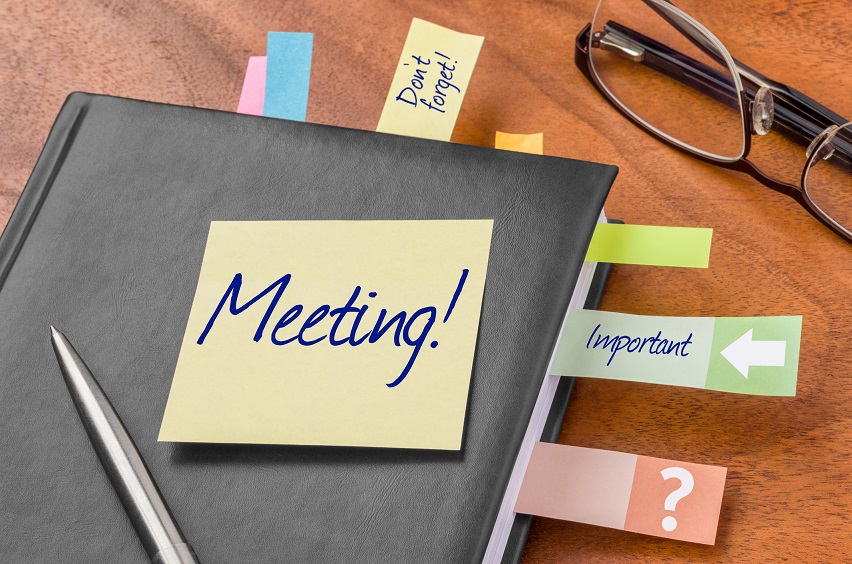5 ways to make your meetings more focused in 2017
This is the year to finally get a hold of your meetings and make them work for you. Here are 5 ways to make them more focused…
A lack of focus in meetings doesn’t just lower productivity but also harms morale. If people come out feeling like they’re not got anything achieved, it’ll feel like a waste of their time.

This year, make sure your meetings are focused and productive with these 5 tips…
1. Assign tasks to people
When you’re setting the agenda, make sure you have people in mind when it comes to every aspect of the meeting – and let them know. Assign names to items on the agenda along with what you expect them to either achieve or report on.
Once they’ve done their part in the meeting, get them to assign the resulting task to someone. It could be themselves, just as a long as someone knows what their aims are between this meeting and the next.
By giving people set tasks, it narrows their focus and will produce concrete results. It also limits confusion during and after the meeting.
2. Take a break
Long meetings can be a nightmare on concentration levels. Sitting still for extended periods of time drains not only the mind but the body. So try and keep everyone awake and active by having a short break every 30 minutes.
In this time get everyone to leave the room – even if it’s just to walk the corridors or go to the toilet. Anything to get their blood pumping again. It also gives people time to take in what’s been said in the past half hour and come up with answers.
3. Limit your attendees
The temptation with meetings is to invite everyone along in the hope that someone has the right answer. But this often leads to either a lot people talking over each other, or a handful of people who really don’t need to be there sitting in silence and wasting their day.
Instead, hand-pick the people you want in the room – and try and limit it to no more than 10 people. Anymore and, again, you’ll lose focus.

4. Work out the timings
How long should your meeting be? How long is a piece of string, you say? But the truth is you should know how long it’s going to be. You’re setting the agenda, so you say how long you need for each section.
Give each section an allotted time based on actual calculations of how long they’ll take. You might end up with a meeting that’s 1 hour 13 minutes long – but that’s fine. Odd lengths of time show your attendees that you’ve thought this through and that it will have a specific start and end time.
5. Be positive
Some people aren’t that keen on meetings and often come in with a negative attitude. This can spread through the whole meeting if you don’t stamp it out early.
Start the meeting with some positives – look at recent successes, what’s been going well or simply make a bit of a joke to lighten the mood. Once people are feeling happy, this should transfer across the meeting.
And when people are in a good mood, they’re more likely to want to work a bit harder.
Posted by Sara Cano
Share this post
Tags
- Career Development
- Celebrity Meetings
- Conferences
- Confidence
- Exhibitions
- Historic Meetings
- How to Interview Effectively
- Human Resources
- In The Press
- Meetings and Conferences
- Monarchy
- News
- Our Team
- Personal Development
- Personnel
- Presentation Techniques
- Teamwork
- Top Tips for Meetings
- Training & Workshops
- Video Conferences



